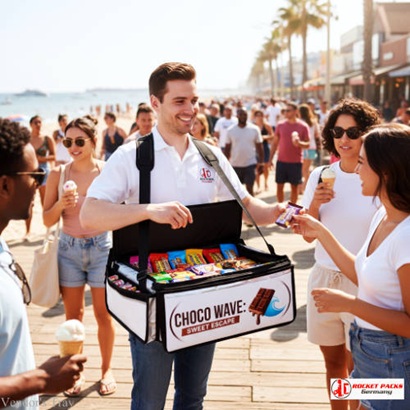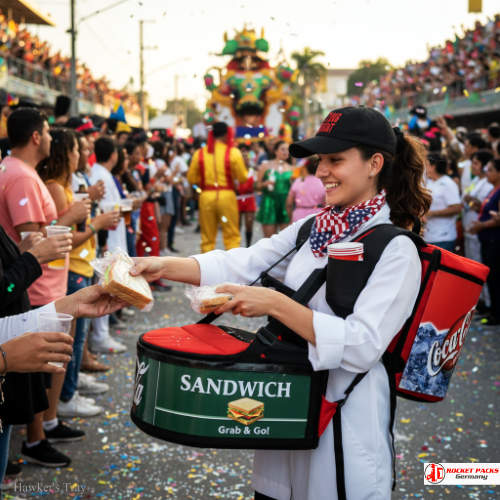


- 3. Product Development:
- Continuously improve and innovate your vendor tray to meet customer needs and preferences.
- Consider offering different tray sizes, materials, and designs to cater to a variety of customer preferences.
- 4. Pricing Strategy:
- Determine competitive yet profitable pricing strategies for your vendor tray.
- Consider offering bulk discounts or bundle deals to encourage larger purchases.

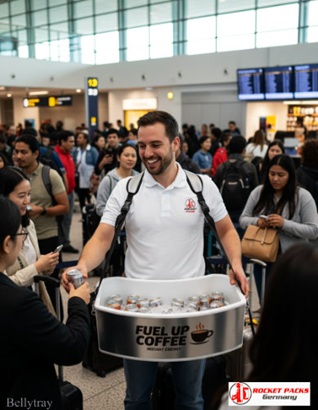

- Content Marketing:
- Develop a blog on your website to provide valuable content related to vendor tray, outdoor dining, and event planning.
- Share informative articles, guides, and tips to position your brand as an industry authority.

- Trade Shows and Events:- Participate in trade shows, food festivals, and outdoor events where your vendor´s tray can be showcased. - Offer live demonstrations and engage with potential customers.
- Customer Support and Feedback:- Provide excellent customer support to address inquiries and concerns promptly. - Actively seek feedback from customers to make improvements and refine your product offerings.
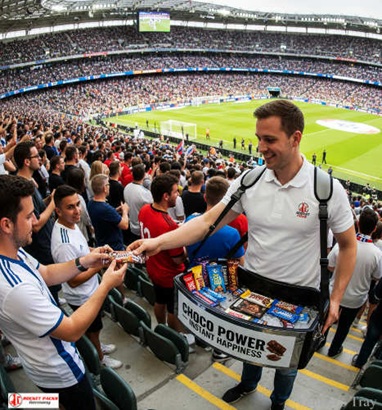
- Customer Reviews and Testimonials:- Encourage satisfied customers to leave reviews and testimonials on your website and social media. - Showcase these positive experiences to build trust with potential buyers.
- Vendor Tray Setup: Set up your vendor's tray with compartments or sections to keep different food and beverage items organized.
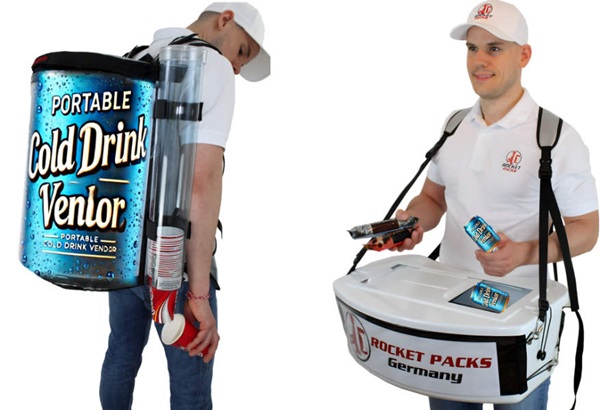
- Street Beverage and Food Selling Action Plan
- Menu Selection: Create a diverse and appealing menu of beverages and food items that can be easily served from a vendor tray.
- Include options like sandwiches, wraps, salads, snacks, and a variety of beverages (e.g., iced coffee, fresh fruit juices, or lemonade).
- Permits and Licenses: Ensure that you have all the necessary permits and licenses required for street food and beverage vending in your location.

- Consider investing in insulated containers to keep food hot or cold as needed.
- Inventory and Supplies: Stock up on ingredients, condiments, and disposable utensils, as well as any necessary safety equipment like gloves and sanitizer.
- Pricing Strategy: Determine pricing that covers your costs while remaining competitive for street food and beverages.

- Street Selling Execution:
- Engagement: Smile, make eye contact, and engage with potential customers as they walk by. Describe your menu items enthusiastically.
- Sampling: Offer small samples or bite-sized portions of your food and beverage items to entice passersby to try your offerings.
- Customization: Allow customers to customize their orders to cater to individual preferences (e.g., choice of toppings, dressings, or spice levels).
- Payment Options: Accept a variety of payment methods, including cash, card payments, and digital wallets.
Insulated vendor Tray
Insulated Vendor Tray Comes in five available sizes.Our assortment includes textile belly shops with and without covers. High quality handcrafted materials...- Customer Engagement:
- Gather Feedback: Encourage customers to provide feedback on your offerings and service.
- Use this information for continuous improvement.

- Evaluation and Adjustment:
- Track Sales: Keep records of sales data to identify popular items and peak selling times.
- Financial Assessment: Regularly assess the profitability of your street selling activities and adjust pricing or offerings accordingly.
- Customer Insights: Use feedback and customer interactions to improve your menu and customer experience.
- Follow-up:
- Thank Customers: Express gratitude to your customers for their patronage.
- Consider sending thank-you emails or messages with special offers.
- Remember to create a memorable and enjoyable experience for your customers, as positive word-of-mouth and repeat business can be powerful for street food and beverage vendors.
- Continuously adapt and improve your offerings based on customer preferences and market trends.

Discover professional tray vendor equipment designed for mobile sales at Boston’s major events.
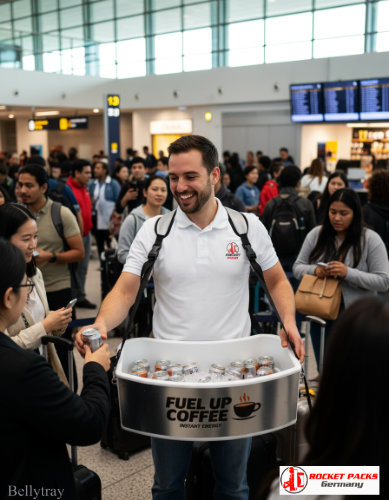
Ideal for street vendors, promoters, caterers and festival teams—robust, comfortable to carry and optimized for continuous high-volume vending indoors and outdoors.

